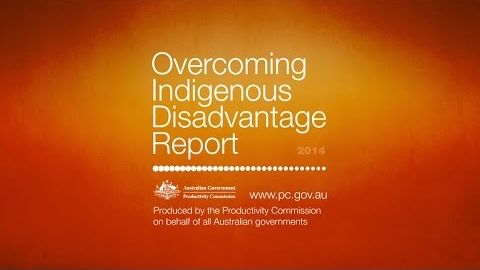
Subtitles & vocabulary
Overcoming Indigenous Disadvantage Report 2014
00
VoiceTube posted on 2014/11/22Save
Video vocabulary
people
US /ˈpipəl/
・
UK /'pi:pl/
- Noun (Countable/Uncountable)
- Persons sharing culture, country, background, etc.
- Men, Women, Children
- Transitive Verb
- To populate; to fill with people.
A1
More improve
US /ɪmˈpruv/
・
UK /ɪm'pru:v/
- Verb (Transitive/Intransitive)
- To make, or become, something better
A1TOEIC
More positive
US /ˈpɑzɪtɪv/
・
UK /ˈpɒzətɪv/
- Adjective
- Showing agreement or support for something
- Being sure about something; knowing the truth
- Noun
- A photograph in which light areas are light and dark areas are dark
A2
More number
US /ˈnʌmbɚ/
・
UK /ˈnʌmbə(r)/
- Noun (Countable/Uncountable)
- Symbols such as 1, 2, 56, 793
- Particular song or dance performed during a show
- Transitive Verb
- To put numbers on things
- To assign a sequence within a group, series, set
A1TOEIC
More Use Energy
Unlock All Vocabulary
Unlock pronunciation, explanations, and filters
